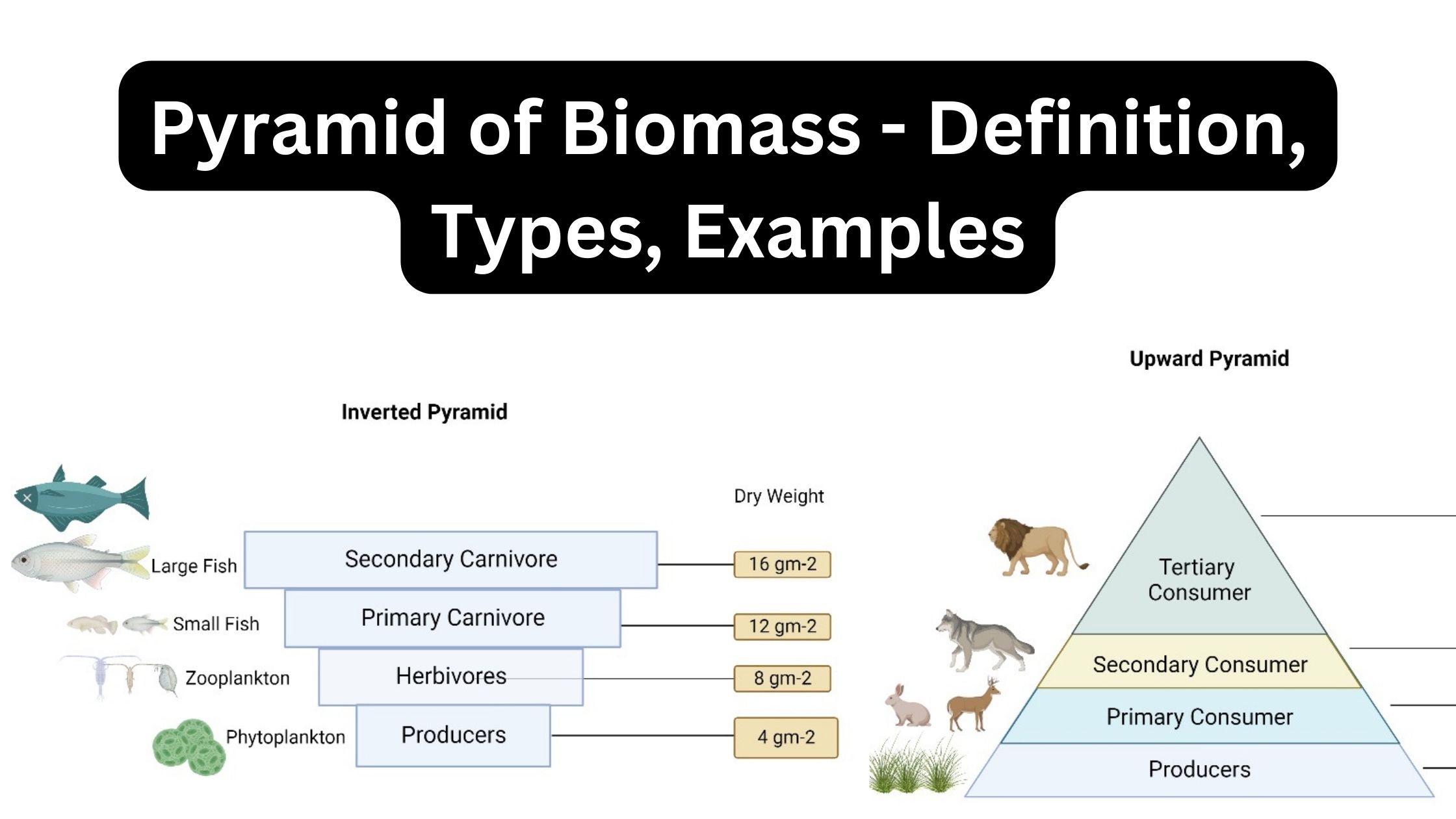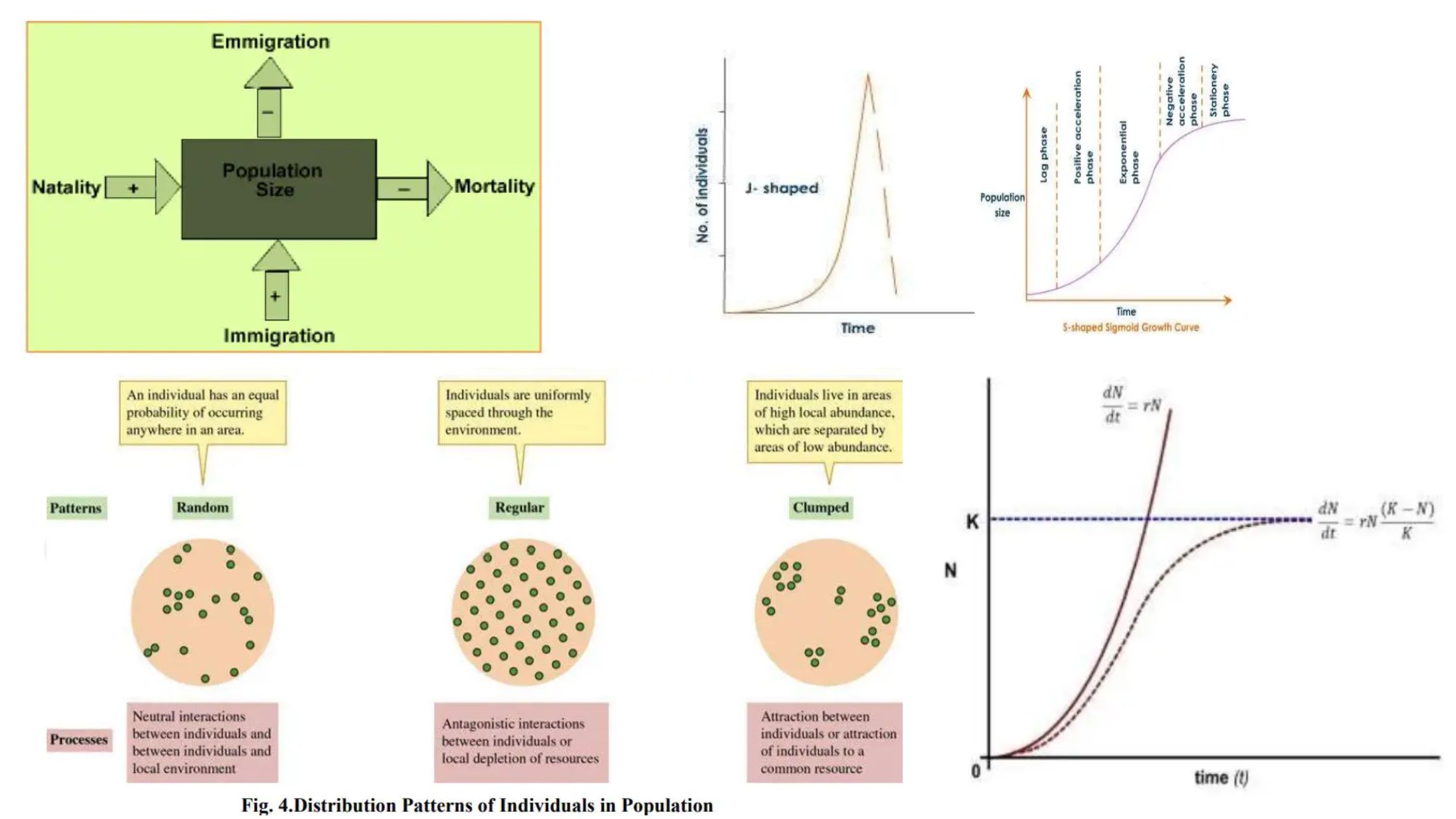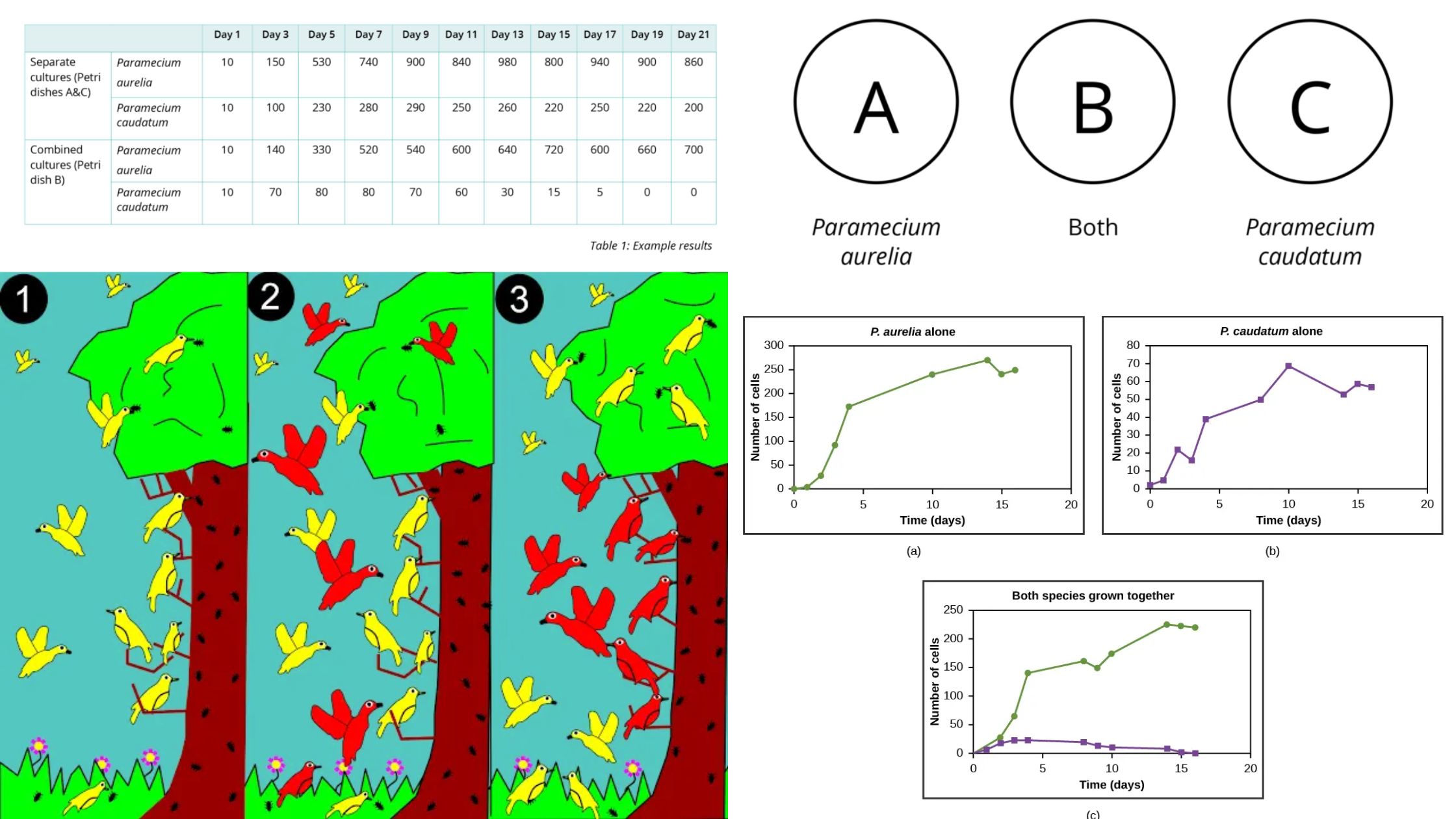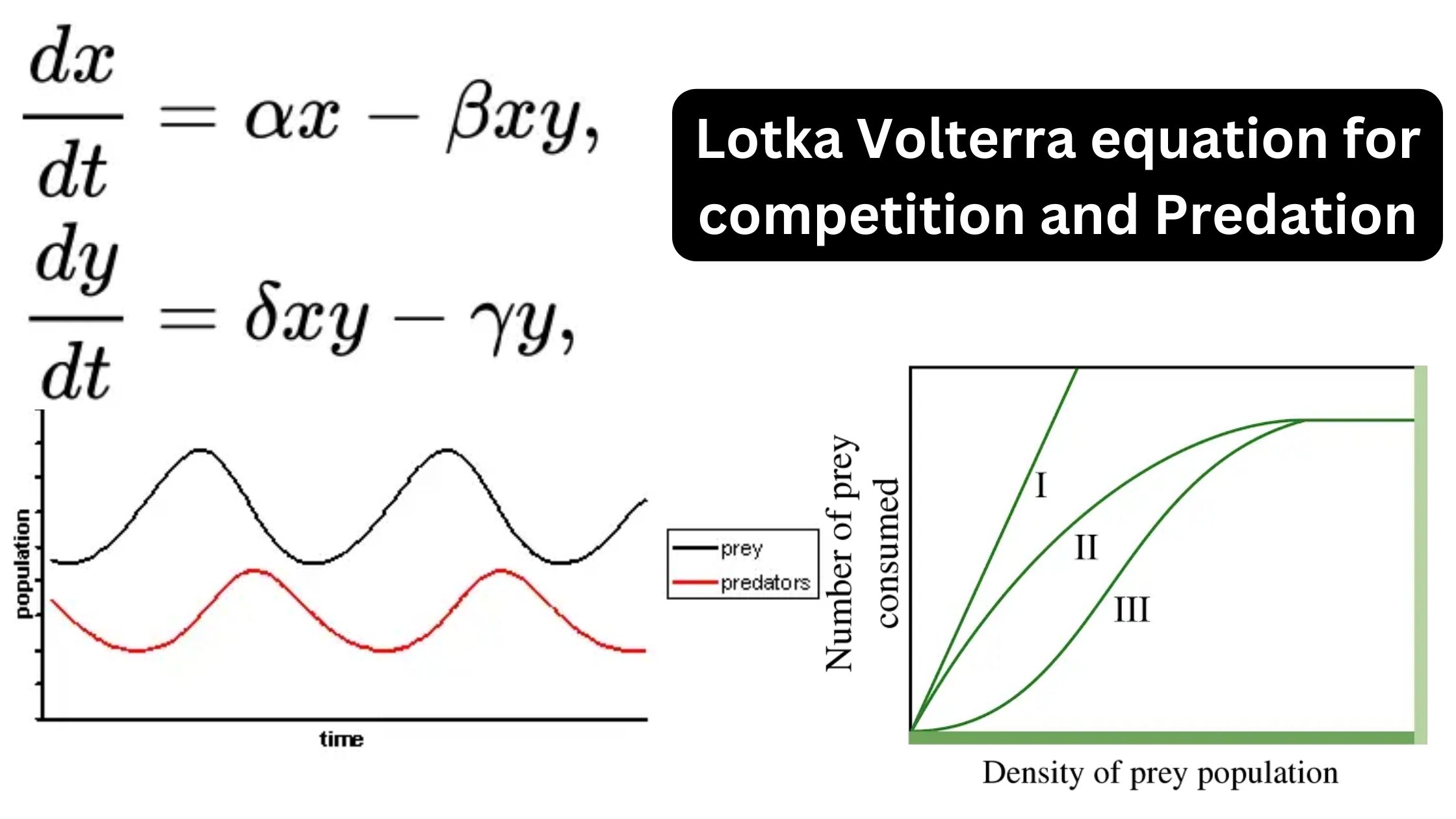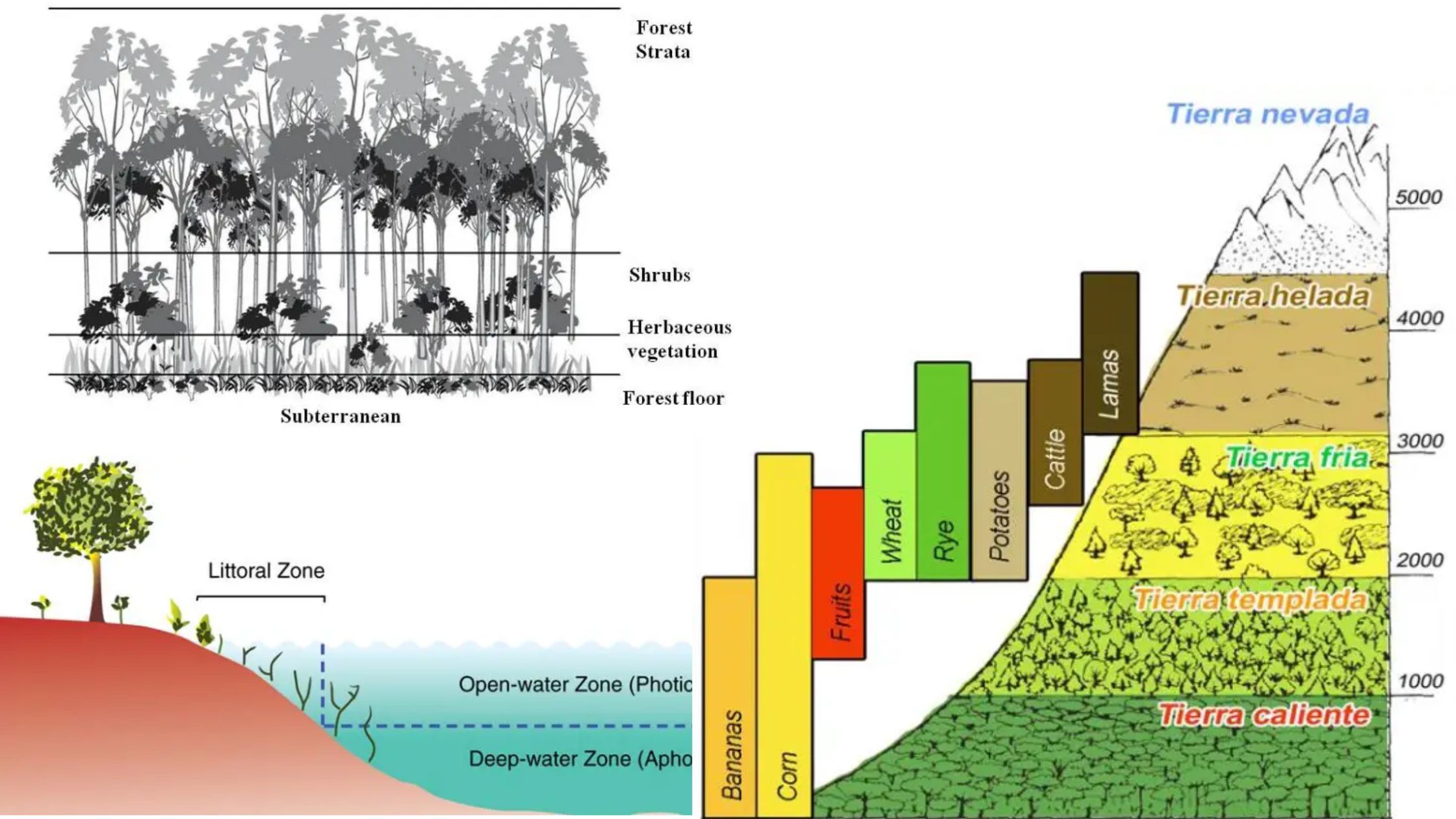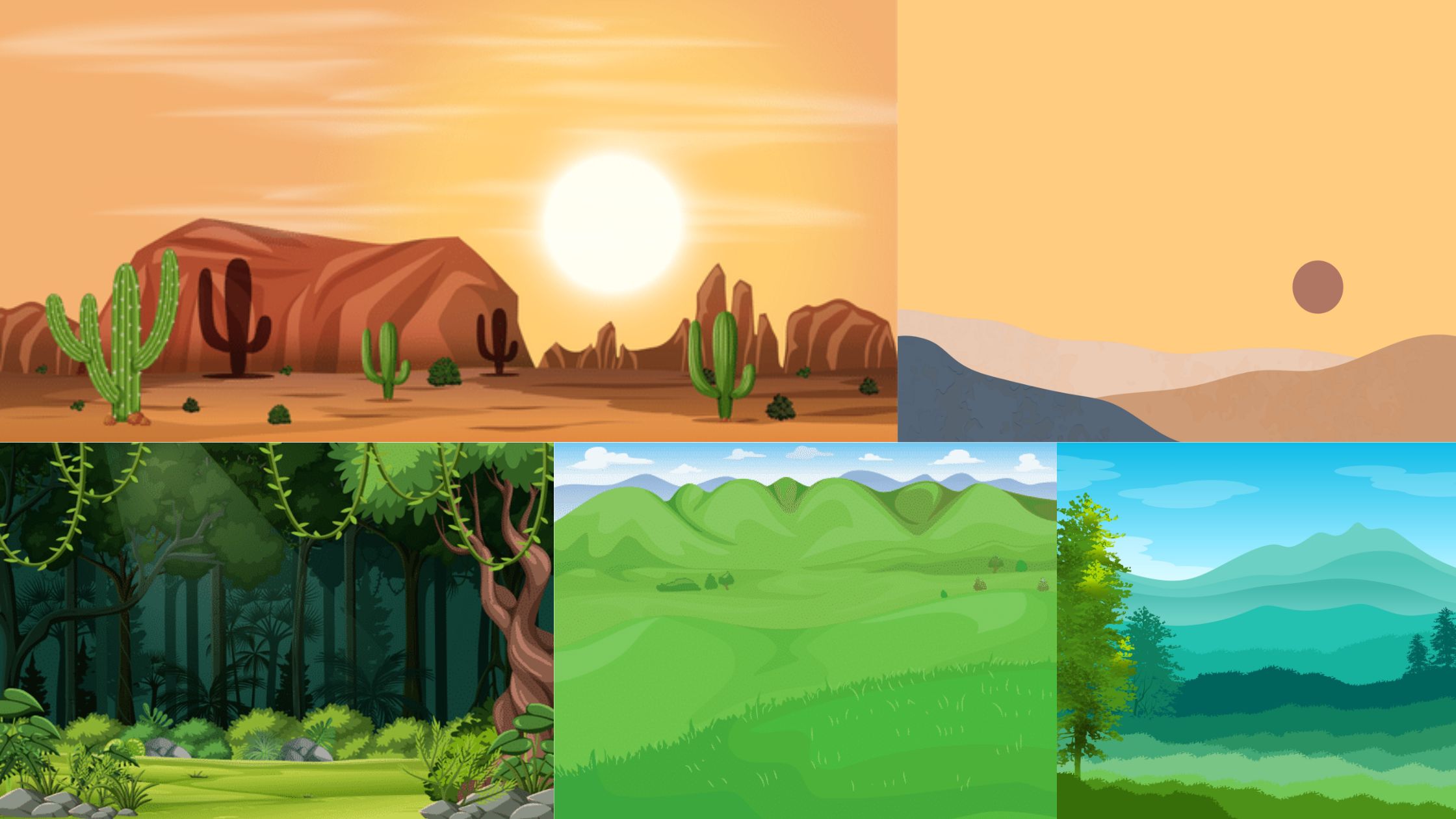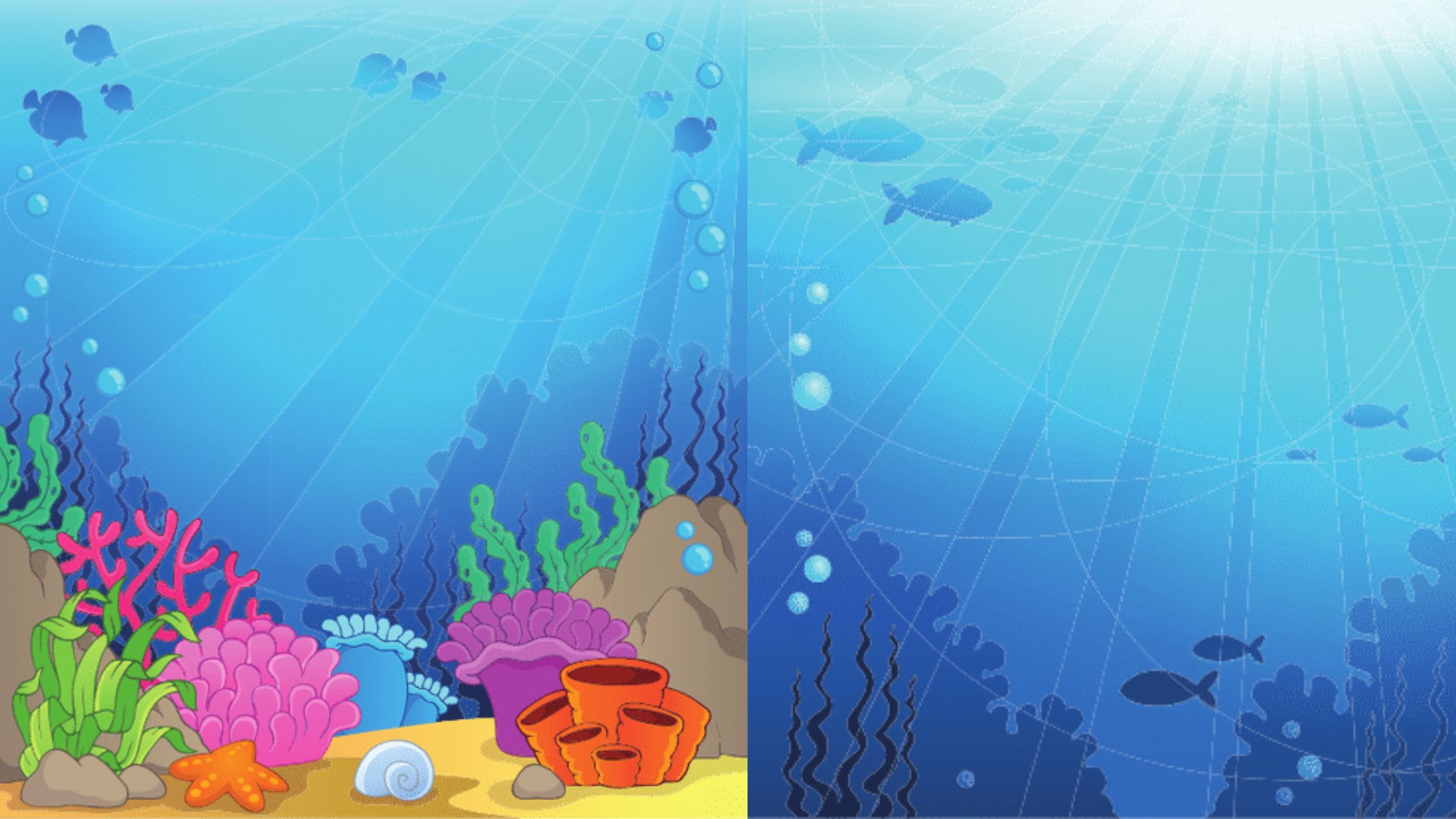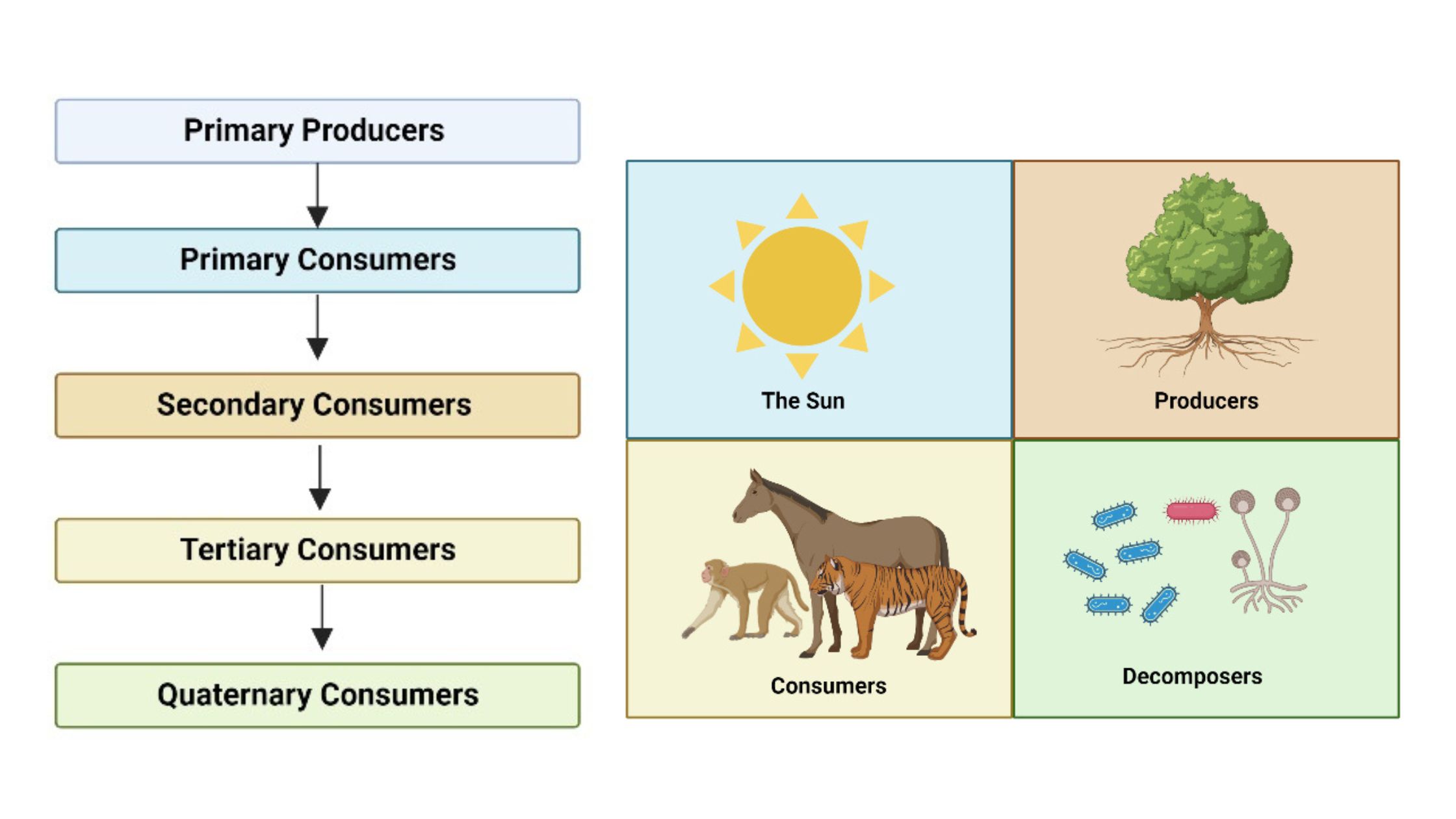Forest Ecosystem – Definition, Types, Functions
What is Forest Ecosystem? Types- Forest Ecosystem 1. Coniferous Forest (Boreal Forest) 2. Temperate Deciduous Forest 3. Temperate Evergreen Forest 4. Tropical Rainforests 5. Temperate Rainforests 6. Subtropical Rainforests 7. Tropical Seasonal Forests 8. Tropical Evergreen Rainforest 9. Tropical Deciduous Rainforest 10. Taiga/Boreal 11. Mixed Forests 12. Mediterranean Forests Components of Forest Ecosystem A. Abiotic … Read more

